Get a custom course package
We may not have any package deals available including this course. If you enquire or give us a call on +1 7204454674 and speak to our training experts, we should be able to help you with your requirements.
Module 2: Get Started Building with Power BI
Module 3: Get Data in Power BI
Module 4: Clean, Transform and Load Data in Power BI
Module 5: Design a Data Model in Power BI
Module 6: Add Measures to Power BI Desktop Models
Module 7: Add Calculated Tables and Columns to Power BI Desktop Models
Module 8: Use DAX Time Intelligence Functions in Power BI Desktop Models
Module 9: Optimise a Model for Performance in Power BI
Module 10: Design Power BI Reports
Module 11: Configure Power BI Report Filters
Module 12: Enhance Power BI Report Designs for the User Experience
Module 13: Perform Analytics in Power BI
Module 14: Create and Manage Workspaces in Power BI
Module 15: Manage Datasets in Power BI
Module 16: Create Dashboards in Power BI
Module 17: Implement Row-Level Security


This Microsoft Power BI Data Analyst PL300 Course in the United States is designed for professionals who work with Data Analysis, Business Intelligence, and those responsible for creating insightful reports and dashboards for decision-making. This training course is especially beneficial for these professionals:
There are no formal prerequisites for this Microsoft Power BI Data Analyst PL300 Course. However, experience in working with data in the cloud can be beneficial for the delegates.
The Microsoft Power BI Data Analyst PL300 Course in the United States offers a comprehensive exploration of Power BI, Microsoft's business analytics tool that empowers organizations to visualize and analyze their data effectively. The ability to derive insights from data is paramount in today's data-driven business landscape.
Mastering Microsoft Power BI is essential for professionals in business intelligence, data analysis, and reporting. As organizations grapple with ever-growing volumes of data, the demand for skilled Power BI analysts is on the rise. This course in the United States caters to those aiming to harness the capabilities of Power BI to create compelling visualizations, conduct data analysis, and generate insightful reports.
The Knowledge Academy's 3-day training on Microsoft Power BI Data Analyst PL300 in the United States equips delegates with hands-on experience utilizing Power BI for data analysis and visualization. Delegates will learn to create interactive dashboards, connect to various data sources, and execute complex data transformations.
Course Objectives:
Upon completing this course in the United States, delegates will have the expertise to navigate Microsoft Power BI confidently, transforming raw data into actionable insights.




Why choose us
Experience live, interactive learning from home with The Knowledge Academy's Online Instructor-led Microsoft Power BI Data Analyst PL300. Engage directly with expert instructors, mirroring the classroom schedule for a comprehensive learning journey. Enjoy the convenience of virtual learning without compromising on the quality of interaction.
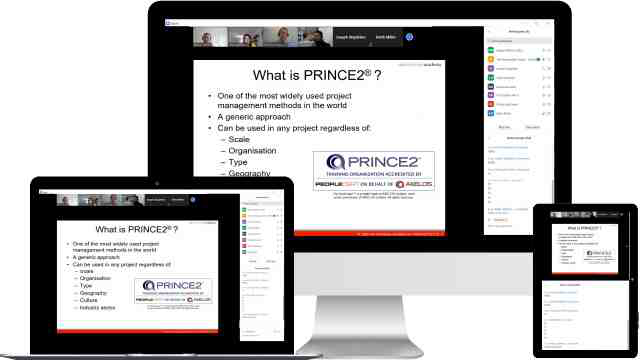
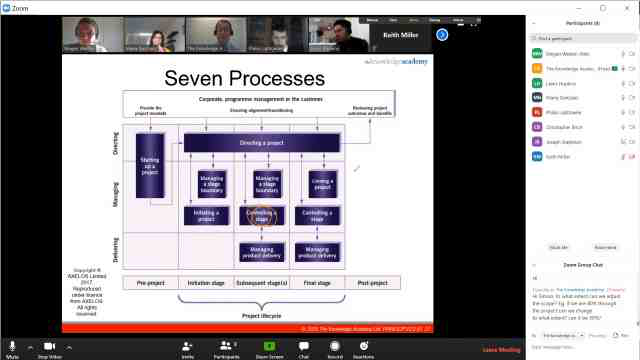
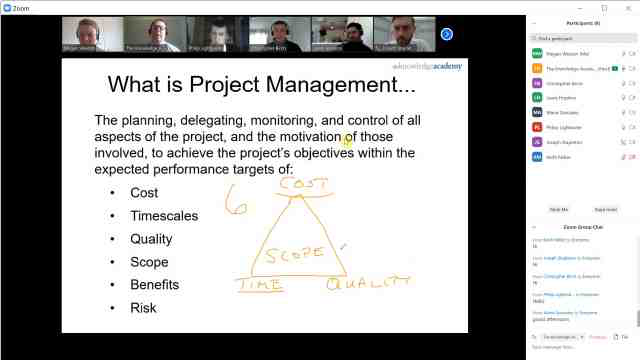

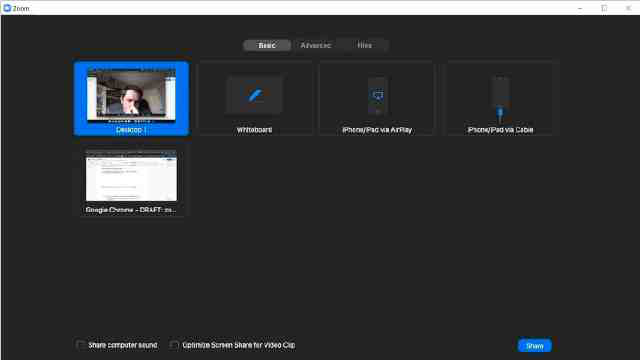
Unlock your potential with The Knowledge Academy's Microsoft Power BI Data Analyst PL300, accessible anytime, anywhere on any device. Enjoy 90 days of online course access, extendable upon request, and benefit from the support of our expert trainers. Elevate your skills at your own pace with our Online Self-paced sessions.
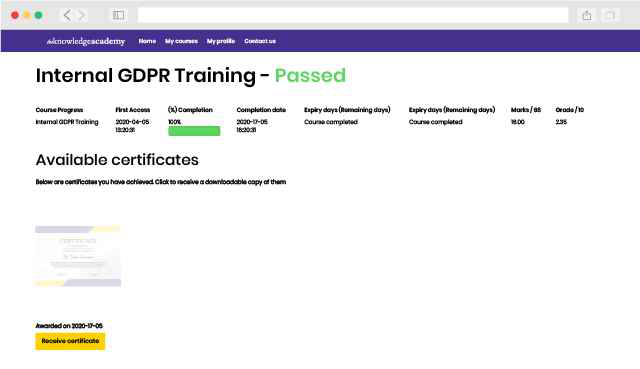
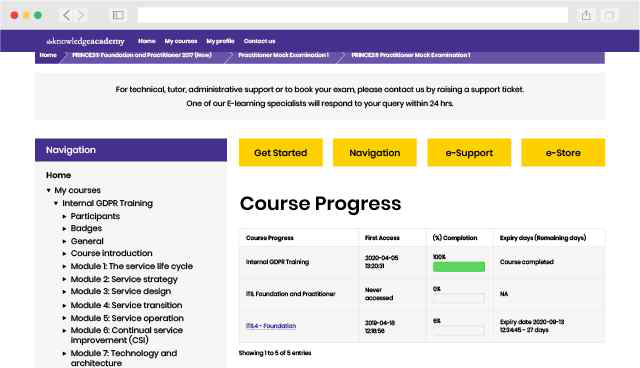
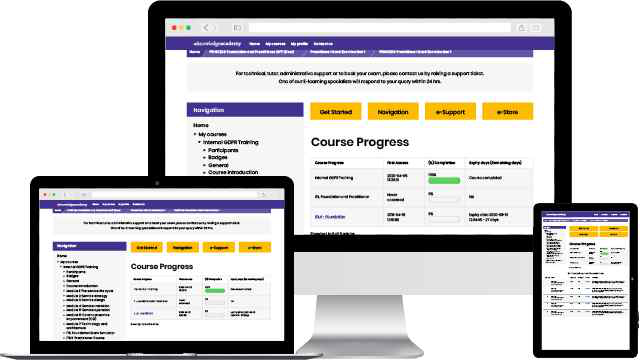
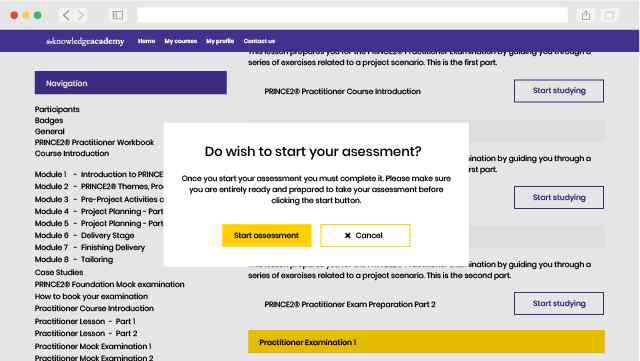
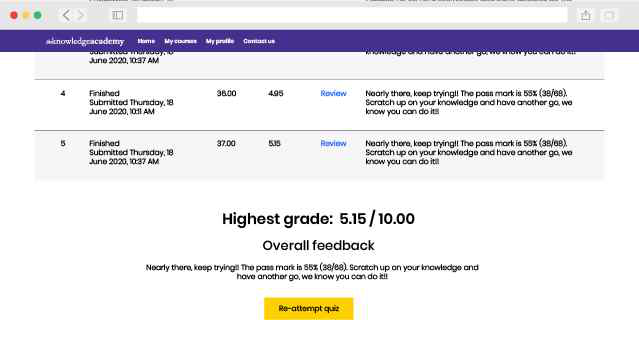
He handing the people very nice
One of the best trainers i've had so thanks Imran Aslam
Imran was very knowledgeable and answered all the questions very well.
There hasn't been any questions asked about this Topic

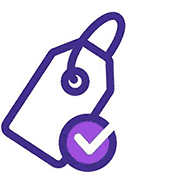
You won't find better value in the marketplace. If you do find a lower price, we will beat it.
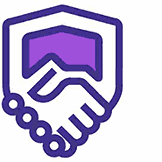
Microsoft Gold Learning Partner

Flexible delivery methods are available depending on your learning style.

Resources are included for a comprehensive learning experience.




"Really good course and well organised. Trainer was great with a sense of humour - his experience allowed a free flowing course, structured to help you gain as much information & relevant experience whilst helping prepare you for the exam"
Joshua Davies, Thames Water



 Atlanta
Atlanta New York
New York Houston
Houston Dallas
Dallas Denver
Denver Seattle
Seattle Los Angeles
Los Angeles Chicago
Chicago San Francisco
San Francisco Philadelphia
Philadelphia San Diego
San Diego Phoenix
Phoenix Boston
Boston Austin
Austin Detroit
Detroit San Jose
San Jose Tampa
Tampa Colorado Springs
Colorado Springs Portland
Portland Sacramento
Sacramento Minneapolis
Minneapolis San Antonio
San Antonio Irvine
Irvine Las Vegas
Las Vegas Miami
Miami Bellevue
Bellevue Pittsburgh
Pittsburgh Baltimore
Baltimore Fairfax
Fairfax Orlando
Orlando Raleigh
Raleigh Salt Lake City
Salt Lake City Columbus
Columbus Oklahoma City
Oklahoma City Nashville
Nashville Charleston
Charleston Columbia
Columbia Cleveland
Cleveland Cincinnati
Cincinnati Memphis
Memphis Richmond
Richmond Virginia Beach
Virginia Beach Louisville
Louisville Fort Lauderdale
Fort Lauderdale Indianapolis
Indianapolis Des Moines
Des Moines Grand Rapids
Grand Rapids New Orleans
New Orleans Wichita
Wichita Charlotte
Charlotte Hartford
Hartford New Jersey
New Jersey Anchorage
Anchorage Omaha
Omaha Honolulu
Honolulu Albuquerque
Albuquerque Baton Rouge
Baton Rouge Iowa City
Iowa City Albany, NY
Albany, NY Boise
Boise Milwaukee
Milwaukee Tucson
Tucson Kansas City
Kansas City St Louis
St Louis Jacksonville
Jacksonville
 Back to course information
Back to course information
We may not have any package deals available including this course. If you enquire or give us a call on +1 7204454674 and speak to our training experts, we should be able to help you with your requirements.
 If you miss out, enquire to get yourself on the waiting list for the next day!
If you miss out, enquire to get yourself on the waiting list for the next day!

close


Press esc to close

close
Fill out your contact details below and our training experts will be in touch.



Back to Course Information